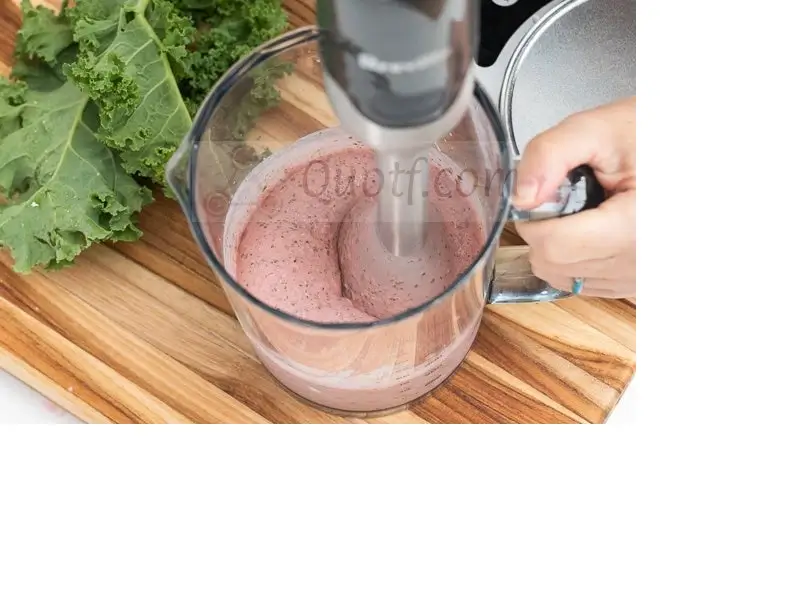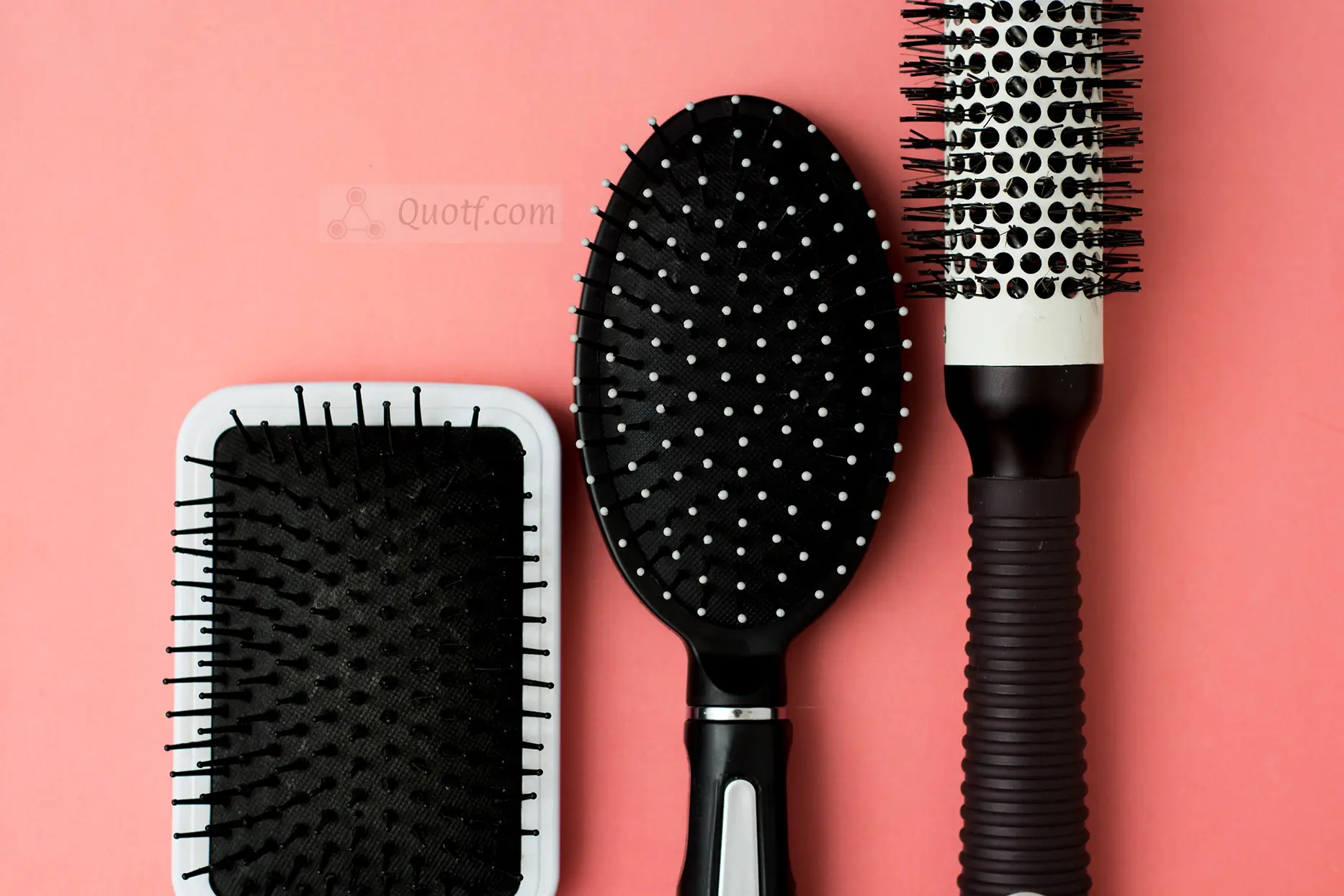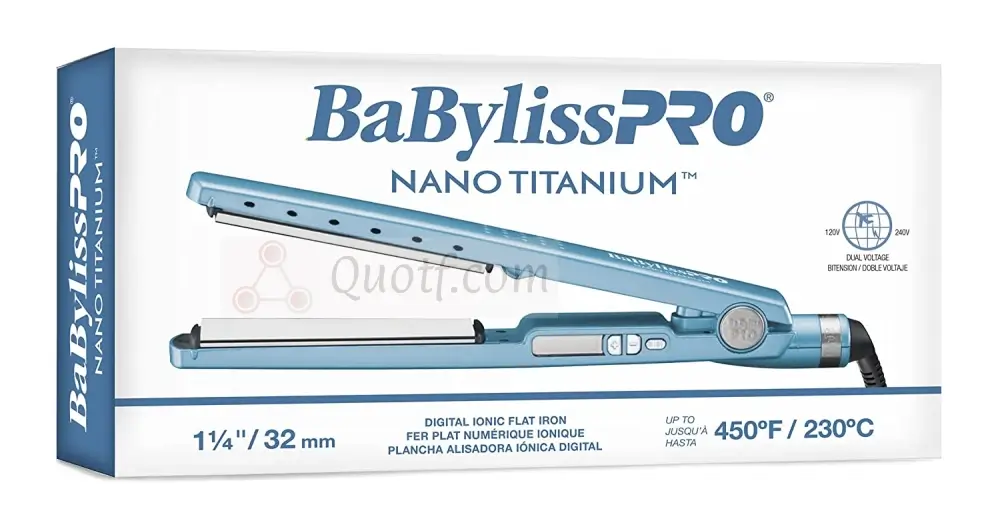What Is An Immersion Blender & Do You Need One In Your Kitchen?

Immersion blenders are a kitchen essential for pureeing soups and sauces, and blending small amounts of ingredients. They’re also ideal for mixing small amounts of batter for pancakes and muffins. Immersion blenders are also called stick blenders and hand blenders. They have a stick (dipping) blade that can be dipped into a pot or bowl of food. This design is different from the traditional blender, which has a container that holds the food and the blade. Immersion blenders are popular because they can be used to puree soups or sauces without transferring the hot liquid to a blender.
They’re also handy for blending small amounts of ingredients for sauces, dressings, shakes, and smoothies.The Immersion Hand Blender is so lightweight and powerful; you will use it for everything from chopping food to pureeing soup. Since it does not take up needed space on your countertop, the Immersion blenders can be stowed away in a cabinet until needed.
Immersion blenders are available in different blade and shaft designs. The three most common are the straight shaft, the coiled shaft and the bent shaft. Depending on the design of your immersion blender, it can be used to puree soups or sauces, emulsify dressings or whip cream. It should come with a variety of attachments that allow you to do these tasks. Some immersion blenders come with a whisk attachment, which is useful for whipping cream or egg whites. Immersion blenders are easy to use because you hold them in one hand and turn the food with the other hand. They’re convenient for pureeing soups because you don’t have to transfer hot liquid to a blender.
They’re also easier to use than a traditional blender when you’re making small amounts of batter for pancakes or muffins. Immersion blenders are available in different blade and shaft designs. The three most common are the straight shaft, the coiled shaft and the bent shaft. Depending on the design of your immersion blender, it can be used to puree soups or sauces, emulsify dressings or whip cream. Look for an immersion blender with a power cord, not a battery pack. If you use it often, consider one with variable speeds, so you can control the texture of the puree or emulsion you’re making.
When choosing a shaft, look for one that’s easy to grip and lightweight. The shaft should be made out of plastic, glass or stainless steel. Plastic is lighter and less expensive than glass or stainless steel but can’t be used on high heat. Glass is heavier than plastic but can withstand heat. Stainless steel is heavier than both plastic and glass but its durable, so it can be used on high heat. Stainless steel is also easy to clean because it doesn’t absorb food odors or colors like plastic does.
Most immersion blenders come with a variety of attachments. The most common are the whip, whisk, chopper and beater. Some also come with a blade that can be used to chop or puree food. The more attachments your blender has, the more tasks you’ll be able to do. Immersion blenders are available in different colors and sizes. Some come with storage cases, which is convenient for keeping the attachments organized when you’re not using them. Look for an immersion blender that’s easy to use because it should have a trigger switch on the handle that makes it easy to turn on and off. You should also be able to control the speed by turning the shaft or handle.
When choosing an immersion blender, consider the noise level. The quieter is the blender, the better. If you use it often, look for one that has a soft-grip handle to reduce fatigue. Immersion blenders are easy to clean because you can wash the blade and shaft in warm, soapy water; rinse them well; and dry them with a towel. Some immersion blenders have a removable blade and shaft, which makes them even easier to clean. If your blender comes with a whisk attachment, wash it by hand or in the dishwasher. If it’s dishwasher safe, make sure to place it on the top rack of the dishwasher and use only mild detergent.
Types of Immersion blenders
There are many different types of immersion blenders available. Some have a swiveling head while others have a fixed head. Some have multiple speed settings while others only have one speed setting. Some also come with multiple attachments for different uses such as chopping, pureeing and grinding. There different types of blenders can be used for a variety of different things. Here are some of the different types of blenders, along with their uses.
Single-serve blender
The Single-serve blender is a small, countertop blender that is designed to blend small amounts of liquid and soft foods, such as fruit and ice cream. Single-serve blenders are typically powered by a cordless battery or electricity.
Portable blenders
Portable blenders are designed for use with liquids and soft foods, such as fruit, ice cream, and other foods that do not require blending. They can be used in several different ways, including immersion blending, food processing, and drink mixing.
Countertop blenders
Countertop blenders are larger than portable blenders and are designed for use with liquids and soft foods. They can be used for immersion blending, food processing, and drink mixing.
Stand mixers & blenders
Stand mixers are electric blenders that are designed for use with a wide variety of ingredients, including meat, seeds, and nuts. They are used for blending and mixing, and they are also used to knead bread dough.
Commercial blenders
Commercial blenders are large, heavy-duty machines that are designed for use in restaurants and other commercial settings. They can be used for immersion blending, food processing, and drink mixing. Commercial Blenders are used in restaurants and bars to mix drinks. They can also be used to make other things, like smoothies and milkshakes.





